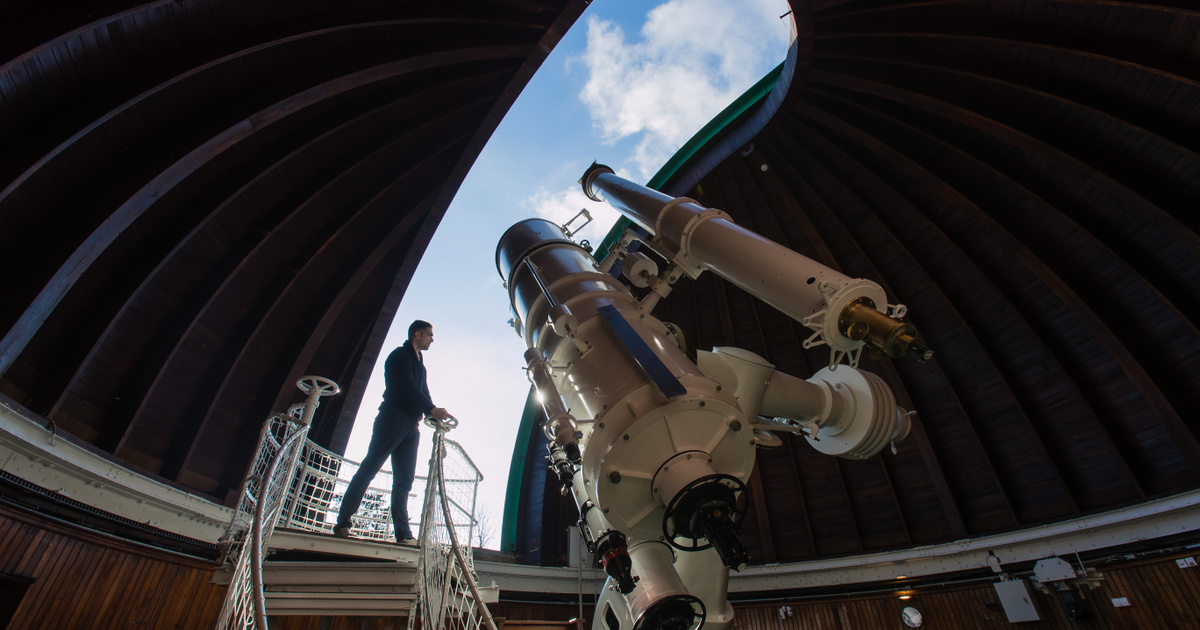The planetary conjunction will only be visible in the daytime sky with an astronomical telescope, and given the proximity of the sun, finding the planets will require serious attention, they wrote in the announcement.
The two planets will be visible in the daytime sky at a close distance of 7 arc minutes on Tuesday. This means they will be barely a quarter of the diameter of the full moon.
Therefore, even when viewed with an astronomical telescope, they are very large, and even at 100-200X magnification, they will be visible in a single field of view.
It will appear in the Jupiter telescope as a large, faint disk, 33 arcseconds long, and oval in shape.
Due to the brightness of the background sky, it will be possible to observe a faint disk floating on a bluish background, with two bands of clouds extending parallel to the equator. By comparison, there would be a small 5.4 arcsecond disk next to Jupiter, showing an 88 percent phase in the telescope, roughly “mercury.”
Astronomers warn anyone watching the conjunction with binoculars to be extremely careful, as the pair will be only 12 degrees away from the sun.
According to the information, an unusual program for this event is being prepared at the Svábhegy Star Observatory, where, in addition to safe observation of the conjunction, those interested can use special solar telescopes to observe the Sun approaching the maximum 11-year activity cycle. About the program Observatory website Detailed, readable information.
(Cover image: Svábhegyi Csillagvizglázó. Photo: Péter Papajcsik / Index)














































